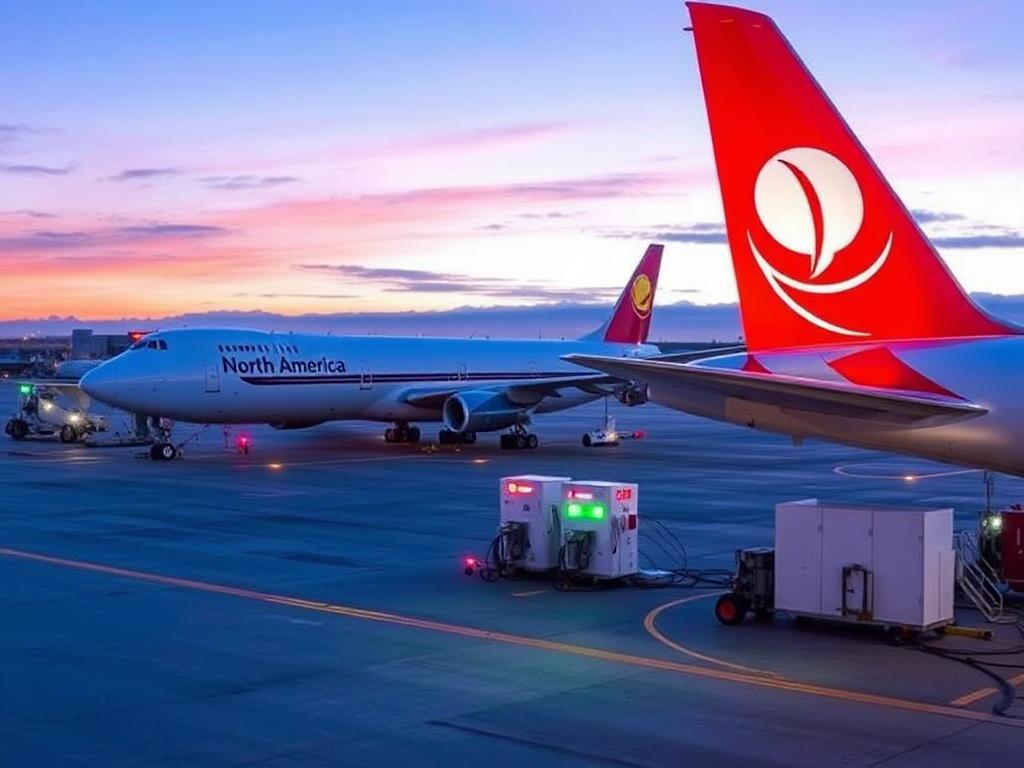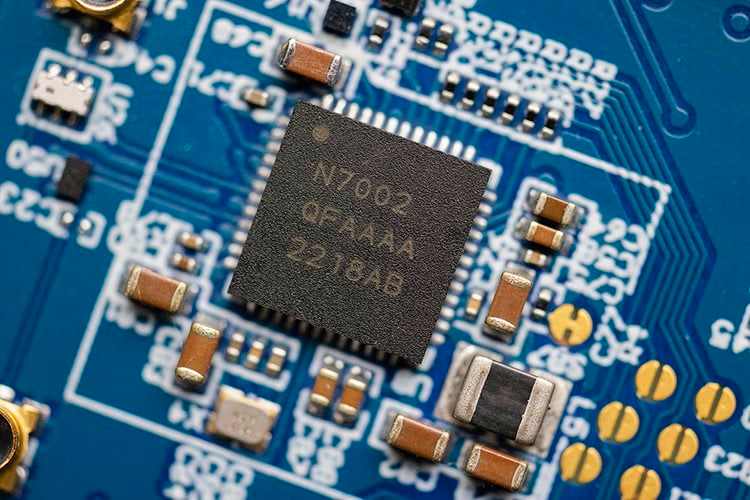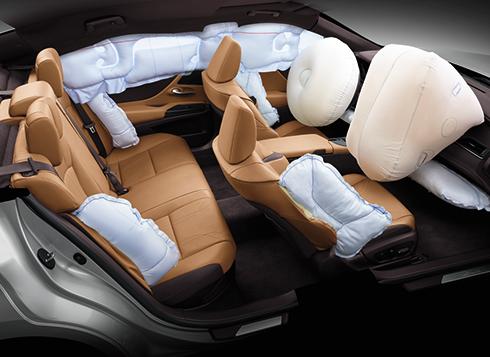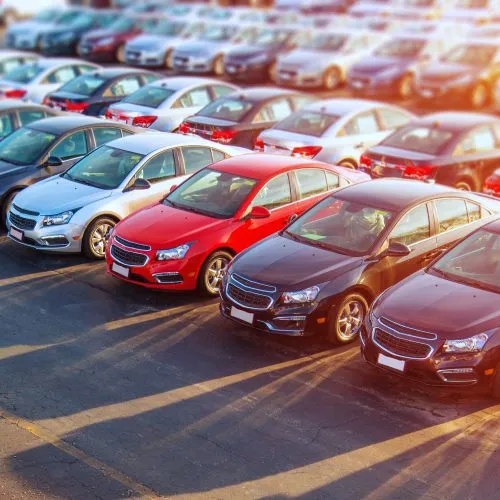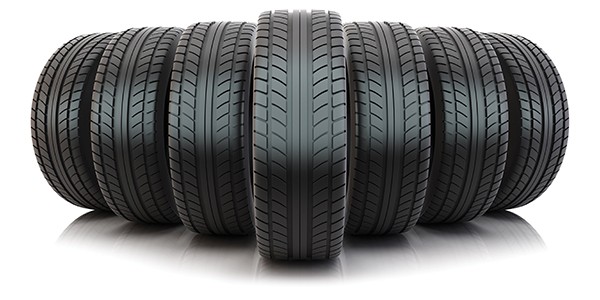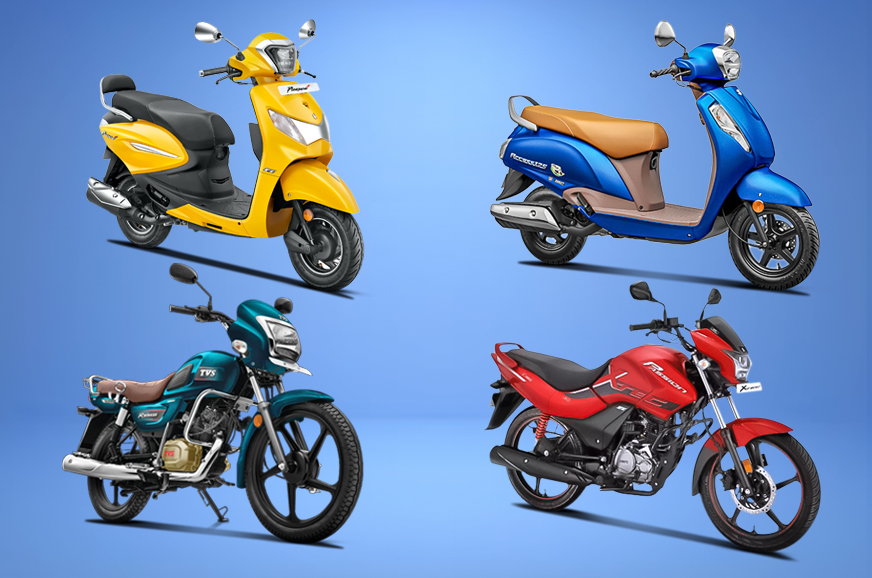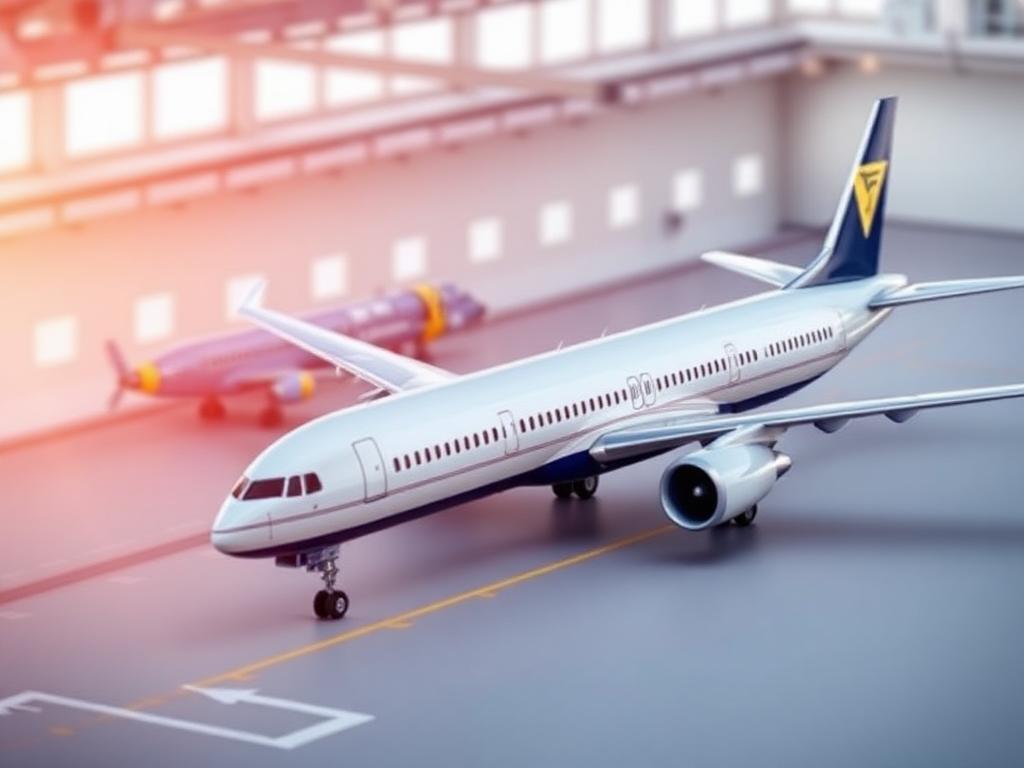Global Automotive Airbags market size was USD 51.46 billion in 2023 and the market is projected to touch USD 1051.46 billion by 2032, at a CAGR of 7.3 % during the forecast period. The World Health Organization (WHO) estimates that 1.3 million people die in automobile accidents each year. Between 20 and 50 million additional people are affected by non-fatal injuries, many of whom experience disabilities as a result of their injuries. Significant financial damages are caused by traffic accidents for drivers, their families, or entire countries. The cost of medical care, lost income from family members having to leave their jobs or schools to care for the injured, and the expenses of treating individuals who pass away or become disabled as a result of their injuries are the main causes of these losses. Traffic accidents cost most countries 3% of their annual gross domestic product.
Increasing numbers of customers are leading mobile lives, increasing the importance of technical features. In the past, a lot of people used to use their houses as a gathering place and spend a lot of time outside before dusk. Travel has already influenced the design of many Automotive Airbags, and in recent years, adventure sports as well as other leisure activities have seen a sharp rise in participation, which has fueled the market’s growth.
Global Automotive Airbags report scope and segmentation.
| Report Attribute | Details |
| Base Year | 2023 |
| Forecast Years | 2024 – 2032 |
| Estimated Market Value (2023) | USD 51.46 Billion |
| Projected Market Value (2032) | USD 1051.46 Billion |
| Segments Covered | By Type, By Vehicle Type, By Component, & By Region. |
| Forecast Units | Value (USD Million or Billion) |
| Quantitative Units | Revenue in USD million/billion and CAGR from 2024 to 2032. |
| Regions Covered | North America, Europe, Asia Pacific, Latin America, and Middle East & Africa. |
| Countries Covered | U.S., Canada, Mexico, U.K., Germany, France, Italy, Spain, China, India, Japan, South Korea, Australia, Brazil, Argentina, GCC Countries, and South Africa, among others. |
Global Automotive Airbags dynamics
The factors influencing the dynamics of the Global Automotive Airbags market include regulatory mandates, technological advancements, and increasing industrial safety awareness. Global consumer awareness of vehicle safety, strict government regulations requiring the incorporation of safety equipment, and growing concerns about road safety have all contributed to the significant rise of the automotive airbag market over the years. Both automakers and airbag producers have committed significant resources to R&D in order to create novel airbag designs, materials, and deployment algorithms that will improve occupant safety in a variety of accident situations. Airbag systems have also become more dependable and effective as a result of technical advancements including sensor-based detection systems, sophisticated inflators, and even integrated vehicle-to-vehicle communication systems.
Global Automotive Airbags drivers
Technological Integration and Innovation
Airbag systems are growing increasingly complicated and linked with additional security features like cameras, sensors, to vehicle control systems as automobile technology develops. Airbags may now deploy more efficiently and intelligently according to the kind and degree of accident thanks to this integration. Modern systems, for example, may distinguish between adult, kid, and even pet occupants in order to deploy airbags with different force and timing, thereby reducing the danger of injury.
Rising Demand for Electric and Autonomous Vehicles
Airbag system demand is being impacted by the growing use of autonomous cars (AVs) and electric vehicles (EVs), which are changing the automotive industry. Safety characteristics are highly valued by EV producers as a means of attracting customers and preserving the sustainability of electric transportation. In addition to this, airbags along with other cutting-edge safety features are essential to autonomous cars’ ability to reduce hazards and improve customer confidence. Market expansion and innovation will be fueled by the growing need for airbag systems that are specifically designed to meet the needs and distinctive features of electric and autonomous vehicles (AVs).
- Restraints:
Cost Considerations
The expense of modern airbag systems is a major barrier to their broad implementation. Highly complex airbag technologies—such as multi-stage air bags, side-impact airbags, or curtain airbags—require additional parts, sensors, or electronic systems, which raises the cost of manufacture. Because of this, cars with sophisticated airbag systems are typically more expensive, making them unaffordable for people on a tight budget. Furthermore, manufacturers’ strict cost-cutting strategies to be competitive in the market may force them to compromise on adding advanced airbag features to entry-level and mid-range car models, which would limit market expansion.
Complexity and Integration Challenges
Automotive manufacturers face technical obstacles when integrating sophisticated airbag systems into other vehicle components along with security systems. It takes substantial testing, validation, and engineering know-how to ensure flawless compatibility as well as coordination between airbags modules, sensors, electronic control units (ECUs), to vehicle communication networks. The increasing intricacy of vehicle layouts poses a challenge to the integration and deployment of airbags, particularly in electric and autonomous vehicles. The challenges might impede the development and production of airbag-equipped vehicles, which would halt the market’s expansion. In addition, safety regulations and compliance requirements impose additional complexity on the integration process, requiring ongoing expenditures in R&D to clear technological obstacles and guarantee regulatory compliance.
- Opportunities:
Development of Smart Airbag Systems
The market for automobile airbags has a lot of potential due to the introduction of smart airbag systems. Smart airbags offer specialized and adaptive protection through the use of advanced sensors, algorithms for machine learning, & networking capabilities. These devices examine real-time data such as occupant dimensions, position, and movement along with the kind and severity of the collision in order to deploy airbags more effectively. The combination of advanced driver-assistance systems (ADAS) & autonomous driving technologies with smart airbags can enhance vehicle safety by providing a comprehensive safety net. For example, pre-collision systems and smart airbags can cooperate to maximize airbag deployment and prepare for impact.
- Segment Overview
By Type, The Automotive Airbags market is segmented into Frontal Airbag, Side Airbag, Knee Airbag and others. The front type category is expected to maintain a leading market position in the automotive airbag market over the duration of the forecast period. Since head-on collisions cause the majority of accidents, frontal airbags significantly lower the mortality toll. It is anticipated that the market will expand at the cost of the curtain-type sector as well. The possibility of a passenger sitting on the side suffering a catastrophic head injury is all but eliminated thanks to these airbags. It is also expected that the installation of curtain-type airbags in commercial vehicles will raise demand. For example, Scania’s next-generation trucks now come equipped with rollover side curtain airbags as standard equipment to protect drivers in rollover accidents.
By Vehicle Type, The Automotive Airbags market is segmented into Passenger Vehicle, Commercial Vehicle. The passenger automobile category is expected to continue to dominate the sector moving forward, holding the largest market share. Increased passenger automobile manufacturing and sale in developing nations are predicted to fuel market growth. It’s also anticipated that industry growth will be aided by the government’s tightening of regulations pertaining to passenger safety. Following with a significant market share are commercial vehicles. Automakers have incorporated safety measures into their vehicles to enhance occupant safety as a result of an increase in commercial vehicle collisions. Every year, there are about 6,000 trucker fatalities and 500,000 truck crashes in the US. This element will probably be the main driver of the commercial vehicle market’s expansion.
Global Automotive Airbags Overview by Region
Europe is predicted to hold a dominant market share for car airbags. In Europe, vehicles are increasingly being equipped with cutting-edge safety technologies like inflatable seat belts, knee airbags, and side curtain airbags, which offer complete protection in a range of crash situations. Additionally, the incorporation of sensors and AI-powered algorithms has made it possible for airbag systems to operate more intelligently, tailoring deployment to variables like occupant position and collision severity. A stringent regulatory framework aimed at ensuring the highest levels of safety for car occupants oversees the European automobile airbag market. Vehicle safety performance, including airbag effectiveness, is evaluated and rated by the European New Automotive Assessment Programme (Euro NCAP). The Euro NCAP results are being widely promoted by Sweden, the UK, and France. Sweden has been promoting its internal travel regulations, which mandate that official business cars carry a five-star safety certification. A notable increase in the North American market share is anticipated throughout the forecast period. Airbags are required in passenger cars and light-duty commercial vehicles under the Intermodal Surface Transportation Efficiency Act of 1991. The market for car airbags in this region is growing as a result of this. Asia Pacific is also expected to see a robust growth rate. The rise of the market in this region is anticipated to be fueled by the growing production and sales of vehicles in developing nations like China and India. For the Asia Pacific market, rising customer knowledge of the value of car safety systems is probably a good thing.
Global Automotive Airbags market competitive landscape
Leading companies such as Autoliv Inc., ZF Friedrichshafen AG, Toyoda Gosei Co. Ltd., Daicel Corporation, Hyundai Mobis, Takata Corporation, Robert Bosch GmbH, Denso Corporation, Joyson Safety Systems, Nihon Plast Co., Ltd., Continental AG and Hyundai Mobis.
The global market for automobile airbags is quite fragmented and fiercely competitive. The leading players in the market are always putting different growth strategies into practice in order to keep a competitive edge. These companies use innovations, mergers & acquisitions, partnerships, and collaborations to survive in the cutthroat industry. The main market players are also always focusing on R&D in order to offer industry the most efficient and cost-effective solutions.
Scope of global Automotive Airbags report
Global Automotive Airbags report segmentation
| ATTRIBUTE | DETAILS |
| By Type | Frontal AirbagSide AirbagKnee AirbagOthers |
| By Vehicle Type | Passenger VehicleCommercial Vehicle |
| By Component | Airbag InflatorImpact SensorsIndicator LampOthers |
| Customization Scope | Available upon request |
| Pricing | Available upon request |
Table of Contents
- Market Scope and Research Methodology
- Market Segmentation & Scope
- Market Definition
- Research Methodology
- Our Internal Database
- Paid Sources Database
- Secondary Sources & Third-Party Perspectives
- Primary Research, Experts Interviews and Market Surveys
- Research Objective
- Data Validation & Publishing
- Executive Summary
- Market Outlook
- Segmental Analysis
- Automotive Airbags Market Dynamics
- Market Introduction
- Market Drivers
- Technological Integration and Innovation
- Rising Demand for Electric and Autonomous Vehicles
- Market Restraints
- Cost Considerations
- Complexity and Integration Challenges
- Industry Challenges
- Industry Opportunities
- Regulatory Frameworks
- Patent Trends
- Covid-19 Impact Analysis
- Market Strategic Analysis
- Industry Analysis – Porter’s
- Supplier Power
- Buyer Power
- Substitution Threat
- Threat from New Entrant
- Competitive Rivalry
- PESTEL Analysis
- Consumer behaviour analysis
- Consumer response to the product
- Factors affecting buying decision
- Other recommendations
- Industry Analysis – Porter’s
- Automotive Airbags Market: Type Estimates & Trend Analysis
- Type Movement Analysis & Market Share, 2023 & 2032
- Frontal Airbag
- Market estimates and forecast, 2024-2032, (USD Billion)
- Side Airbag
- Market estimates and forecast, 2024-2032, (USD Billion)
- Knee Airbag
- Market estimates and forecast, 2024-2032, (USD Billion)
- Others
- Market estimates and forecast, 2024-2032, (USD Billion)
- Automotive Airbags Market: Vehicle Type Estimates & Trend Analysis
- Vehicle Type Movement Analysis & Market Share, 2023 & 2032
- Passenger Vehicle
- Market estimates and forecast, 2024-2032, (USD Billion)
- Commercial Vehicle
- Market estimates and forecast, 2024-2032, (USD Billion)
- Automotive Airbags Market: Component Estimates & Trend Analysis
- Component Movement Analysis & Market Share, 2023 & 2032
- Airbag Inflator
- Market estimates and forecast, 2024-2032, (USD Billion)
- Impact Sensors
- Market estimates and forecast, 2024-2032, (USD Billion)
- Indicator Lamp
- Market estimates and forecast, 2024-2032, (USD Billion)
- Others
- Market estimates and forecast, 2024-2032, (USD Billion)
- Automotive Airbags Market: Regional Estimates & Trend Analysis
- Regional Movement Analysis & Market Share, 2023 & 2032
- North America
- Market estimates and forecast, 2024-2032, (USD Billion)
- Market estimates and forecast, by Type, 2024-2032, (USD Billion)
- Market estimates and forecast, by Vehicle Type, 2024-2032, (USD Billion)
- Market estimates and forecast, by Component, 2024-2032, (USD Billion)
- U.S.
- Market estimates and forecast, 2024-2032, (USD Billion)
- Market estimates and forecast, by Type, 2024-2032, (USD Billion)
- Market estimates and forecast, by Vehicle Type, 2024-2032, (USD Billion)
- Market estimates and forecast, by Component, 2024-2032, (USD Billion)
- Canada
- Market estimates and forecast, 2024-2032, (USD Billion)
- Market estimates and forecast, by Type, 2024-2032, (USD Billion)
- Market estimates and forecast, by Vehicle Type, 2024-2032, (USD Billion)
- Market estimates and forecast, by Component, 2024-2032, (USD Billion)
- Europe
- Market estimates and forecast, 2024-2032, (USD Billion)
- Market estimates and forecast, by Type, 2024-2032, (USD Billion)
- Market estimates and forecast, by Vehicle Type, 2024-2032, (USD Billion)
- Market estimates and forecast, by Component, 2024-2032, (USD Billion)
- Germany
- Market estimates and forecast, 2024-2032, (USD Billion)
- Market estimates and forecast, by Type, 2024-2032, (USD Billion)
- Market estimates and forecast, by Vehicle Type, 2024-2032, (USD Billion)
- Market estimates and forecast, by Component, 2024-2032, (USD Billion)
- UK
- Market estimates and forecast, 2024-2032, (USD Billion)
- Market estimates and forecast, by Type, 2024-2032, (USD Billion)
- Market estimates and forecast, by Vehicle Type, 2024-2032, (USD Billion)
- Market estimates and forecast, by Component, 2024-2032, (USD Billion)
- France
- Market estimates and forecast, 2024-2032, (USD Billion)
- Market estimates and forecast, by Type, 2024-2032, (USD Billion)
- Market estimates and forecast, by Vehicle Type, 2024-2032, (USD Billion)
- Market estimates and forecast, by Component, 2024-2032, (USD Billion)
- Spain
- Market estimates and forecast, 2024-2032, (USD Billion)
- Market estimates and forecast, by Type, 2024-2032, (USD Billion)
- Market estimates and forecast, by Vehicle Type, 2024-2032, (USD Billion)
- Market estimates and forecast, by Component, 2024-2032, (USD Billion)
- Rest of Europe
- Market estimates and forecast, 2024-2032, (USD Billion)
- Market estimates and forecast, by Type, 2024-2032, (USD Billion)
- Market estimates and forecast, by Vehicle Type, 2024-2032, (USD Billion)
- Market estimates and forecast, by Component, 2024-2032, (USD Billion)
- Asia Pacific
- Market estimates and forecast, 2024-2032, (USD Billion)
- Market estimates and forecast, by Type, 2024-2032, (USD Billion)
- Market estimates and forecast, by Vehicle Type, 2024-2032, (USD Billion)
- Market estimates and forecast, by Component, 2024-2032, (USD Billion)
- China
- Market estimates and forecast, 2024-2032, (USD Billion)
- Market estimates and forecast, by Type, 2024-2032, (USD Billion)
- Market estimates and forecast, by Vehicle Type, 2024-2032, (USD Billion)
- Market estimates and forecast, by Component, 2024-2032, (USD Billion)
- India
- Market estimates and forecast, 2024-2032, (USD Billion)
- Market estimates and forecast, by Type, 2024-2032, (USD Billion)
- Market estimates and forecast, by Vehicle Type, 2024-2032, (USD Billion)
- Market estimates and forecast, by Component, 2024-2032, (USD Billion)
- Japan
- Market estimates and forecast, 2024-2032, (USD Billion)
- Market estimates and forecast, by Type, 2024-2032, (USD Billion)
- Market estimates and forecast, by Vehicle Type, 2024-2032, (USD Billion)
- Market estimates and forecast, by Component, 2024-2032, (USD Billion)
- South Korea
- Market estimates and forecast, 2024-2032, (USD Billion)
- Market estimates and forecast, by Type, 2024-2032, (USD Billion)
- Market estimates and forecast, by Vehicle Type, 2024-2032, (USD Billion)
- Market estimates and forecast, by Component, 2024-2032, (USD Billion)
- Australia
- Market estimates and forecast, 2024-2032, (USD Billion)
- Market estimates and forecast, by Type, 2024-2032, (USD Billion)
- Market estimates and forecast, by Vehicle Type, 2024-2032, (USD Billion)
- Market estimates and forecast, by Component, 2024-2032, (USD Billion)
- Southeast Asia
- Market estimates and forecast, 2024-2032, (USD Billion)
- Market estimates and forecast, by Type, 2024-2032, (USD Billion)
- Market estimates and forecast, by Vehicle Type, 2024-2032, (USD Billion)
- Market estimates and forecast, by Component, 2024-2032, (USD Billion)
- Rest of Asia Pacific
- Market estimates and forecast, 2024-2032, (USD Billion)
- Market estimates and forecast, by Type, 2024-2032, (USD Billion)
- Market estimates and forecast, by Vehicle Type, 2024-2032, (USD Billion)
- Market estimates and forecast, by Component, 2024-2032, (USD Billion)
- Middle East & Africa
- Market estimates and forecast, 2024-2032, (USD Billion)
- Market estimates and forecast, by Type, 2024-2032, (USD Billion)
- Market estimates and forecast, by Vehicle Type, 2024-2032, (USD Billion)
- Market estimates and forecast, by Component, 2024-2032, (USD Billion)
- GCC
- Market estimates and forecast, 2024-2032, (USD Billion)
- Market estimates and forecast, by Type, 2024-2032, (USD Billion)
- Market estimates and forecast, by Vehicle Type, 2024-2032, (USD Billion)
- Market estimates and forecast, by Component, 2024-2032, (USD Billion)
- Turkey
- Market estimates and forecast, 2024-2032, (USD Billion)
- Market estimates and forecast, by Type, 2024-2032, (USD Billion)
- Market estimates and forecast, by Vehicle Type, 2024-2032, (USD Billion)
- Market estimates and forecast, by Component, 2024-2032, (USD Billion)
- Africa
- Market estimates and forecast, 2024-2032, (USD Billion)
- Market estimates and forecast, by Type, 2024-2032, (USD Billion)
- Market estimates and forecast, by Vehicle Type, 2024-2032, (USD Billion)
- Market estimates and forecast, by Component, 2024-2032, (USD Billion)
- Rest of MEA
- Market estimates and forecast, 2024-2032, (USD Billion)
- Market estimates and forecast, by Type, 2024-2032, (USD Billion)
- Market estimates and forecast, by Vehicle Type, 2024-2032, (USD Billion)
- Market estimates and forecast, by Component, 2024-2032, (USD Billion)
- Latin America
- Market estimates and forecast, 2024-2032, (USD Billion)
- Market estimates and forecast, by Type, 2024-2032, (USD Billion)
- Market estimates and forecast, by Vehicle Type, 2024-2032, (USD Billion)
- Market estimates and forecast, by Component, 2024-2032, (USD Billion)
- Brazil
- Market estimates and forecast, 2024-2032, (USD Billion)
- Market estimates and forecast, by Type, 2024-2032, (USD Billion)
- Market estimates and forecast, by Vehicle Type, 2024-2032, (USD Billion)
- Market estimates and forecast, by Component, 2024-2032, (USD Billion)
- Mexico
- Market estimates and forecast, 2024-2032, (USD Billion)
- Market estimates and forecast, by Type, 2024-2032, (USD Billion)
- Market estimates and forecast, by Vehicle Type, 2024-2032, (USD Billion)
- Market estimates and forecast, by Component, 2024-2032, (USD Billion)
- Argentina
- Market estimates and forecast, 2024-2032, (USD Billion)
- Market estimates and forecast, by Type, 2024-2032, (USD Billion)
- Market estimates and forecast, by Vehicle Type, 2024-2032, (USD Billion)
- Market estimates and forecast, by Component, 2024-2032, (USD Billion)
- Rest of Latin America
- Market estimates and forecast, 2024-2032, (USD Billion)
- Market estimates and forecast, by Type, 2024-2032, (USD Billion)
- Market estimates and forecast, by Vehicle Type, 2024-2032, (USD Billion)
- Market estimates and forecast, by Component, 2024-2032, (USD Billion)
- Competitive Analysis
- Key global players, recent developments & their impact on the industry
- Key Company/Competition Categorization (Key innovators, Market leaders, Emerging players)
- Vendor Landscape
- Key company market share analysis, 2021
- Company Profiles
- Autoliv Inc.
- Company Overview
- Financial Analysis
- Product Benchmarking
- Key development
- Business Strategy
- SWOT Analysis
- ZF Friedrichshafen AG
- Company Overview
- Financial Analysis
- Product Benchmarking
- Key development
- Business Strategy
- SWOT Analysis
- Toyoda Gosei Co. Ltd.
- Company Overview
- Financial Analysis
- Product Benchmarking
- Key development
- Business Strategy
- SWOT Analysis
- Daicel Corporation
- Company Overview
- Financial Analysis
- Product Benchmarking
- Key development
- Business Strategy
- SWOT Analysis
- Hyundai Mobis
- Company Overview
- Financial Analysis
- Product Benchmarking
- Key development
- Business Strategy
- SWOT Analysis
- Takata Corporation
- Company Overview
- Financial Analysis
- Product Benchmarking
- Key development
- Business Strategy
- SWOT Analysis
- Robert Bosch GmbH
- Company Overview
- Financial Analysis
- Product Benchmarking
- Key development
- Business Strategy
- SWOT Analysis
- Denso Corporation
- Company Overview
- Financial Analysis
- Product Benchmarking
- Key development
- Business Strategy
- SWOT Analysis
- Joyson Safety Systems
- Company Overview
- Financial Analysis
- Product Benchmarking
- Key development
- Business Strategy
- SWOT Analysis
- Nihon Plast Co., Ltd.
- Company Overview
- Financial Analysis
- Product Benchmarking
- Key development
- Business Strategy
- SWOT Analysis
- Autoliv Inc.





